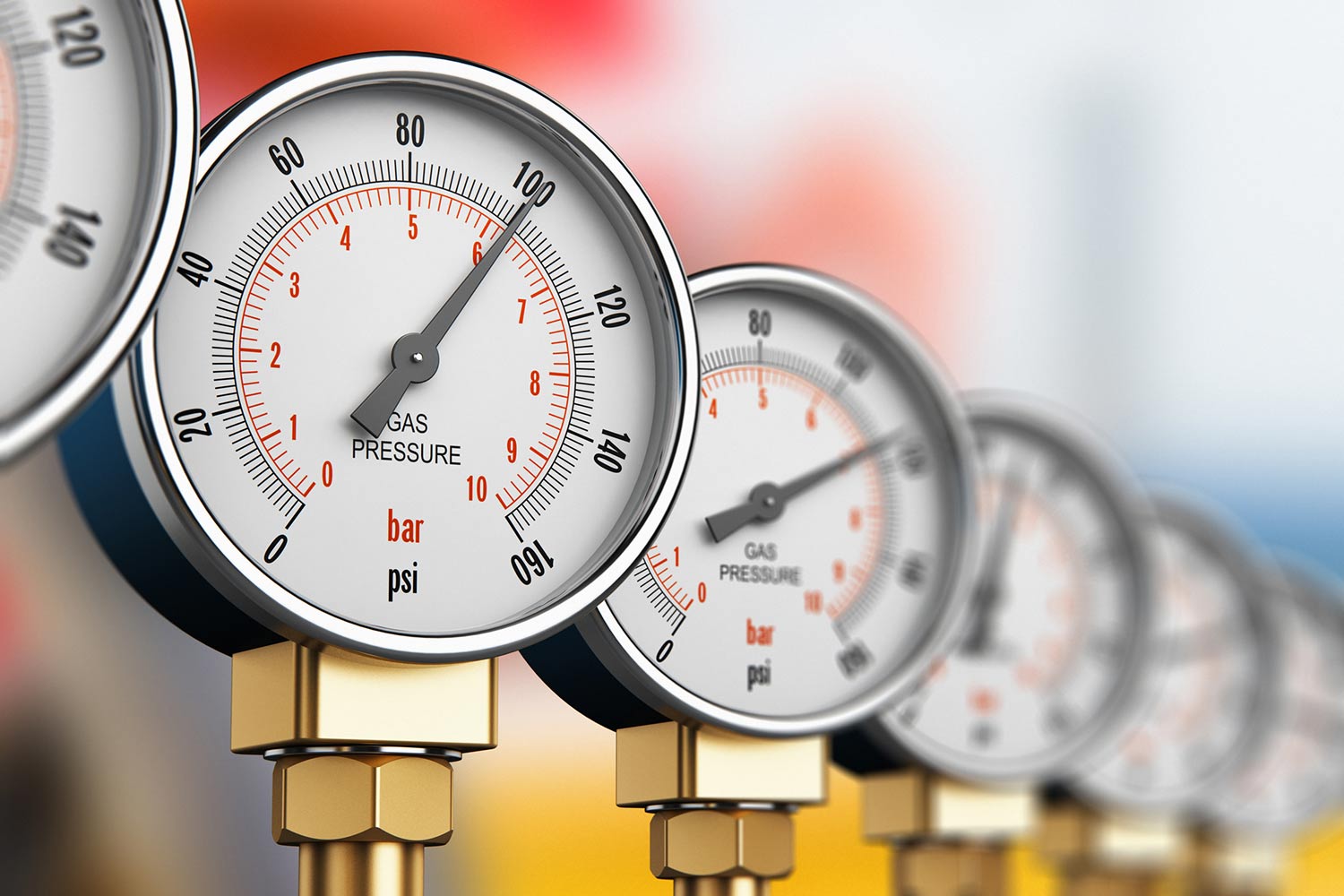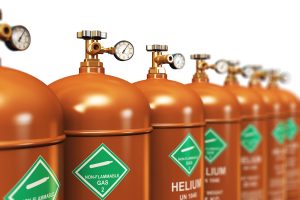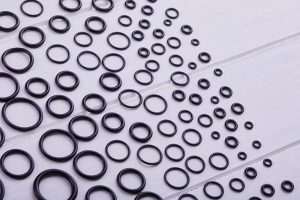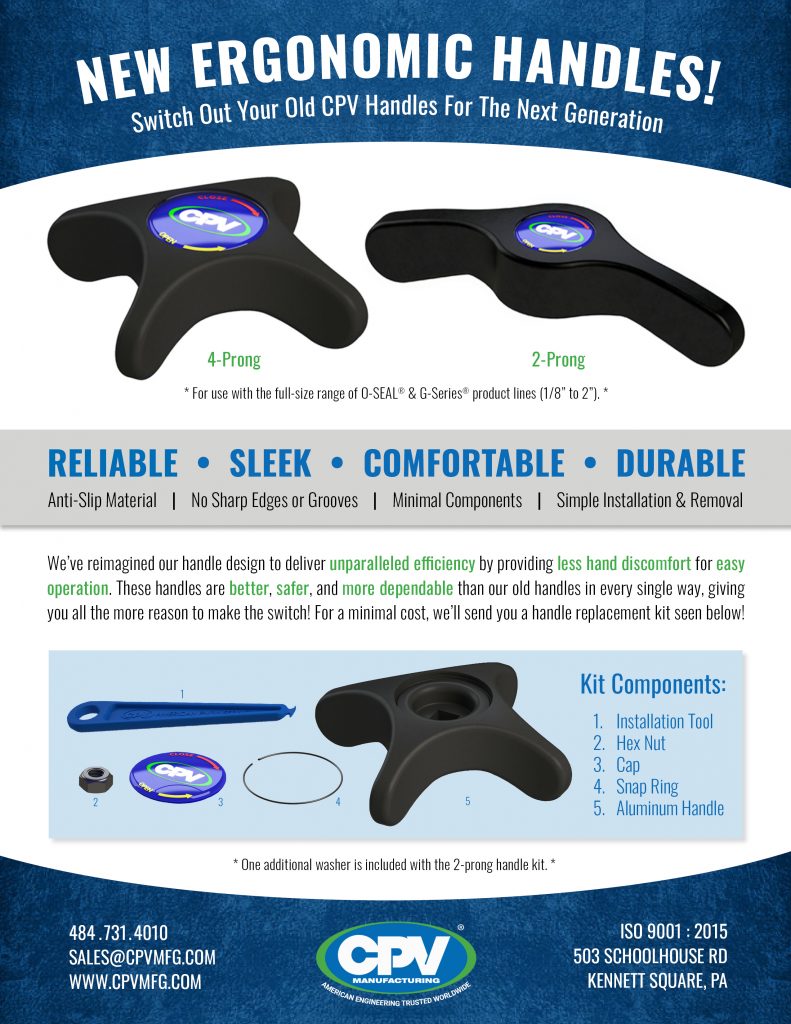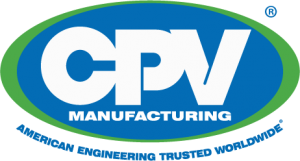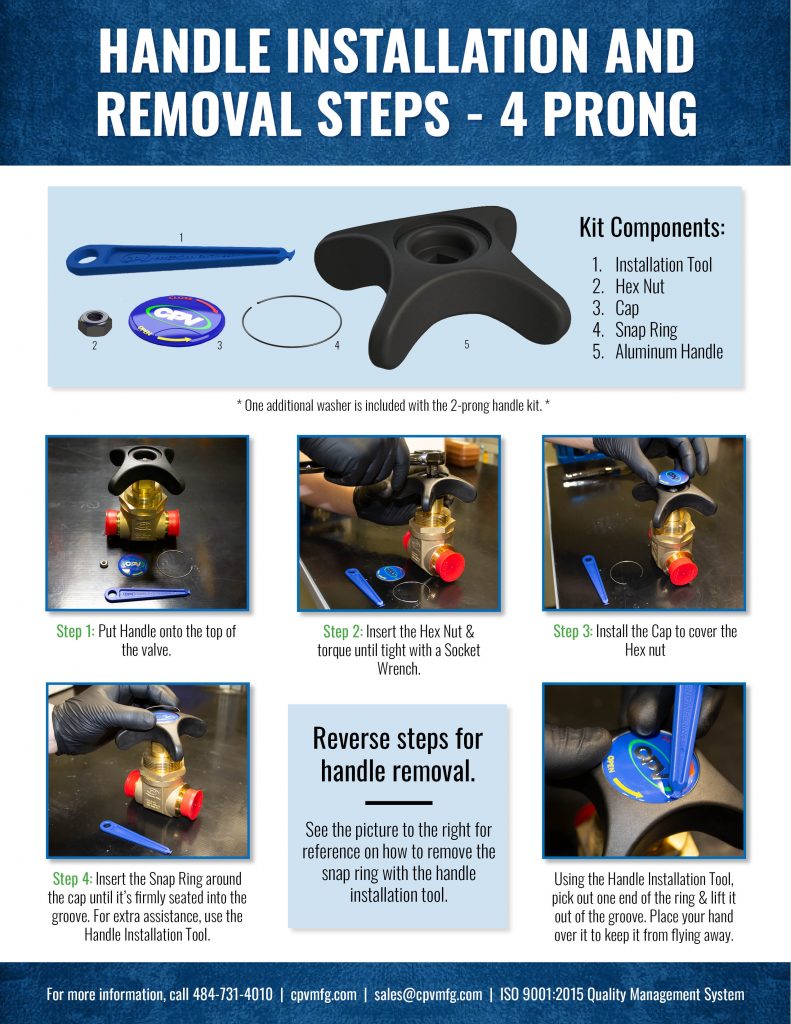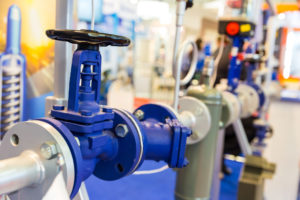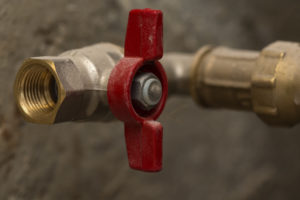The Role of O-Ring Face Seal Fittings in the Aerospace and Defense Industries
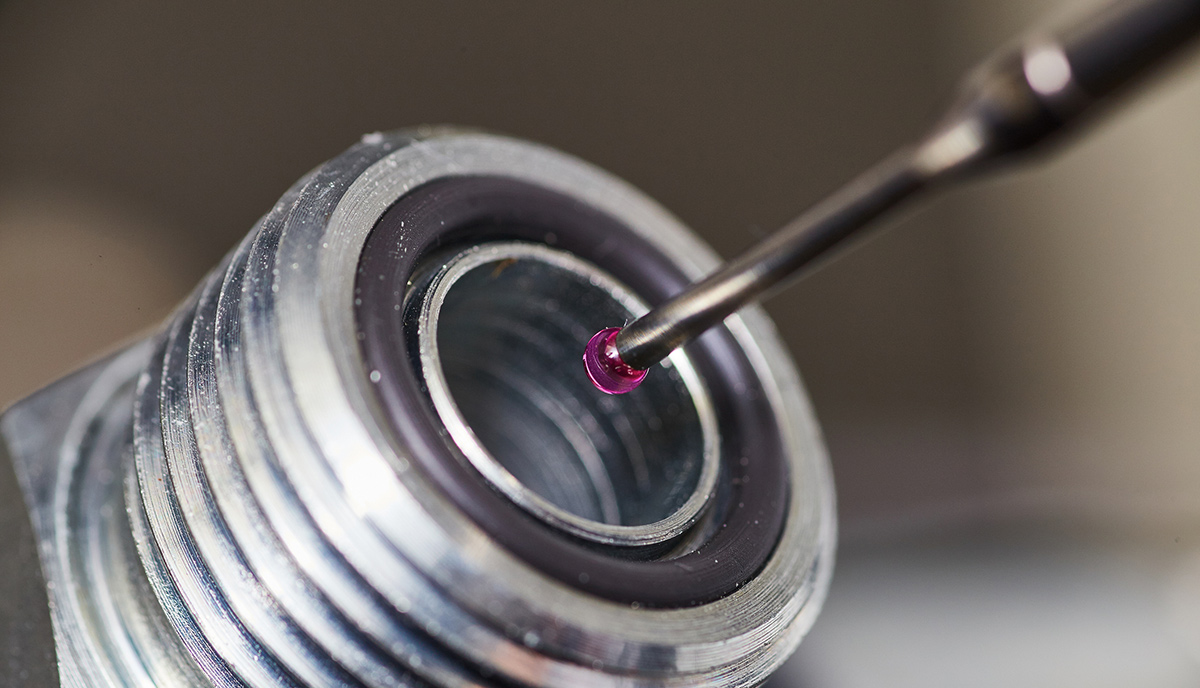
Precision engineering defines and facilitates modern aerospace and defense achievements. When a rocket lifts tons of payload into orbit, a naval submarine dives to extreme depths, or aircraft systems perform flawlessly day after day — these triumphs depend on meticulous attention to detail in design, materials and manufacturing.
One of the smaller components in these machines, which plays an outsized role preventing leaks in liquid and gas systems, is the O-ring face seal (ORFS) fitting. O-ring face seals provide absolute containment of volatile substances under demanding conditions, supplying reliability and facilitating the performance capabilities of the most advanced aerospace and defense systems around the globe.
What is an O-ring face seal?
An O-ring face seal relies on an elastomeric circle or O-ring compressed between two flat, parallel surfaces (faces) to create a liquid or gas-tight barrier. The O-ring sits in a groove on one end of the connection and compresses against the flat face of the mating surface when the two components are brought together. This compression creates the seal, distributing pressure evenly across the seal interface to prevent leakage.
O-ring face seals are extensively used in both defense and aerospace applications. They’re critical components in aircraft hydraulic systems, fuel systems, and engine assemblies where they provide reliable sealing under extreme pressures, temperatures and vibration.
In defense applications, ORFS are used in military vehicles, naval systems, and weapons platforms. When selecting the elastomer for the environment the ORFS will encounter, specifications can include:
- Chemical compatibility (petroleum-based or synthetic fluids, fuels, solvents, gases)
- Temperature performance (operating temperature range, thermal cycling)
- Mechanical properties (tensile strength, tear resistance, etc.)
- Environmental resistance (UV, ozone, salt, spray and fog, etc.)
- MIL-SPEC compliance (and other standards)
- Operational properties (service life, shelf life/storage stability, field replaceability)
When Failure Is Not an Option
The aerospace and defense industries operate under some of the most demanding conditions imaginable — extreme pressures, temperature fluctuations, exposure to corrosive media and environments and volatile substances that could lead to catastrophic failure should a leak occur. In these applications, standard connections simply won’t suffice.
O-ring face seal technology provides superior sealing compared to metal-to-metal connections or interfaces. It has become the gold standard for these dynamic systems precisely because it offers what these conventional fittings cannot: guaranteed zero leakage, ease of assembly and disassembly, and remarkable durability even under the harshest conditions.
Rocket Engine Ignition Systems: A Case Study in Perfect Containment
Perhaps nowhere is the importance of ORFS fittings more evident than in rocket engine ignition systems. These systems often utilize hypergolic fluids like TEA/TEB (Triethylaluminum/Triethylborane 15/85%) mixtures that ignite spontaneously when exposed to oxygen—making perfect containment absolutely essential.
CPV’s Mark VIII® ORFS union connections have proven indispensable in these applications for safe operation with every test. With pressures reaching up to 250 psig, these systems demand connections that maintain absolute seal integrity. The Mark VIII® fittings ensure zero leakage of these dangerous substances that are flammable when exposed to air, oxygen, or even water.
A key advantage in these rocket ignition systems is the ability to disassemble and clean components without compromising seal integrity upon reassembly. TEA/TEB mixtures leave behind ash deposits within piping systems that require regular maintenance. The Mark VIII® ORFS technology allows for reliable removal, cleaning, and reinstallation of valves and fittings—maintaining the same perfect seal with every reassembly.
Material Science: The Perfect O-Ring for Every Application
The selection of proper O-ring materials is just as crucial as the fitting design itself. For TEA/TEB applications, perfluoroelastomer (FFKM) O-rings are specified due to their compatibility with these aggressive chemicals across wide temperature and pressure ranges.
In other aerospace applications, material selection varies based on specific requirements:
- Viton® (fluorocarbon) excels in high-temperature environments up to 400°F
- Nitrile NBR works well with petroleum-based fuels and oils in moderate temperature ranges
- EPDM provides excellent resistance to alcohols, ketones, and water-based systems
This versatility in material options ensures that aerospace and defense systems can maintain leak-free operation regardless of the media being controlled.
NASA’s High-Temperature Testing: Relying on Perfect Seals
At NASA’s Langley Research Center, the 8-foot High Temperature Tunnel facility subjects aerospace materials and components to extreme conditions that simulate hypersonic flight. This testing facility relies on CPV O-SEAL® valves and fittings throughout its gaseous nitrogen control panels.
The facility, which can generate Mach 7 flow conditions with temperatures exceeding 3000°F, depends on these seals to maintain performance and meet safety standards. The valves deliver a bit extra in terms of easy maintenance. When they need cleaning or replacement, the slip-in/slip-out reliability of these fittings supplies perfect resealing upon reassembly; a vital factor in a facility where downtime impacts research schedules.
Naval Applications: From Submarines to Flight Decks
The defense applications of ORFS technology extend well beyond rockets and testing facilities. In naval environments, these fittings play a vital role in systems ranging from submersible life support to hydraulic systems on aircraft carriers.
Environmental Control Units (ECUs) with O-SEAL® valves and fittings fulfill essential functions in naval diving operations, including:
- Recirculation of breathing gases
- Removal of carbon dioxide
- Dehumidification
- Elimination of human-produced gases and odors
In decompression chambers, where divers undergo pressurization with precise helium-oxygen mixtures during saturation diving, the integrity of these seals becomes a matter of life and death.
On naval vessels, CPV connections rated for up to 6000 psi support diverse systems including winches, windlass mechanisms, refrigeration units, air conditioning, elevator systems on flight decks, and arresting gear. These applications demonstrate the versatility of high-quality ORFS technology across a wide range of critical defense systems.
Looking Forward: The Future of Aerospace and Defense Sealing
As aerospace and defense technologies continue to advance, the demands placed on fluid connection systems will only increase. Future spacecraft, hypersonic vehicles, and naval systems will push the boundaries of what’s possible—requiring sealing solutions that meet these evolving challenges.
ORFS technology continues to evolve alongside these industries, with ongoing improvements in materials science, machining precision, and design innovations. For the foreseeable future, these seemingly simple components will continue to play an outsized role in ensuring the safety, reliability, and performance of humanity’s most advanced aerospace and defense systems.
Trust the Industry Leader in Critical Sealing Solutions
For more than 75 years, CPV Manufacturing has pioneered leak-proof valve and fitting technology for applications in aerospace and defense. Our O-SEAL® product line represents the culmination of decades of engineering excellence, setting the industry standard for zero-leakage performance.
CPV’s experienced engineering team understands the unique challenges of aerospace and defense applications—from hypergolic rocket fuels to high-pressure naval systems. We work directly with our customers to ensure the perfect material selection, fitting design, and system integration for each application’s specific requirements.
Don’t compromise on system integrity. Contact CPV Manufacturing today or visit our website to learn how our O-ring face seal technology can provide the perfect solution for your most demanding aerospace and defense applications.

